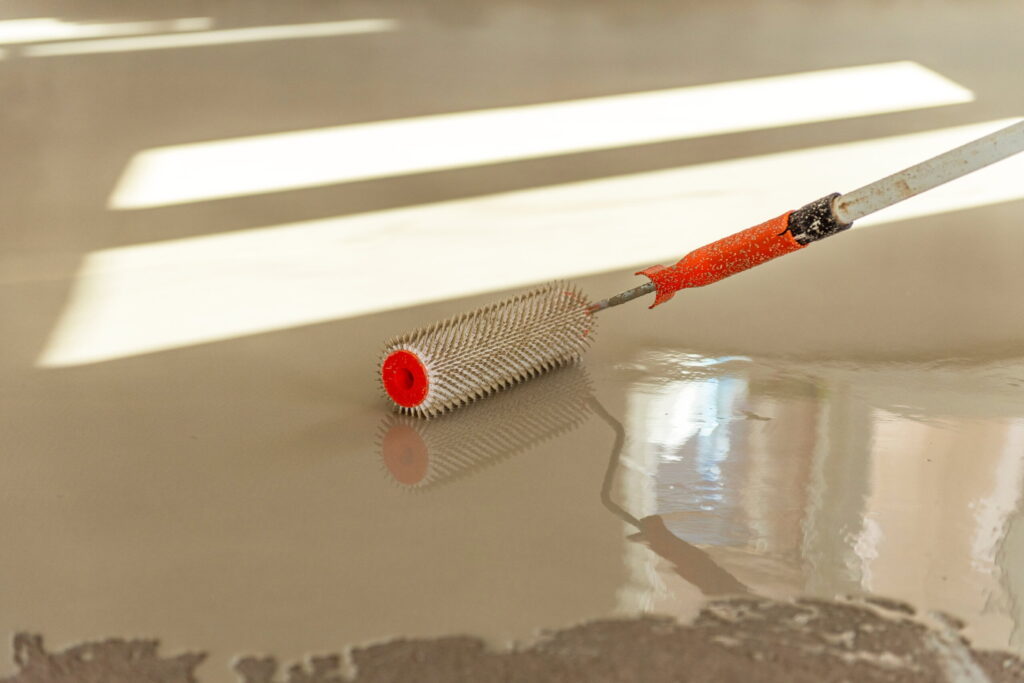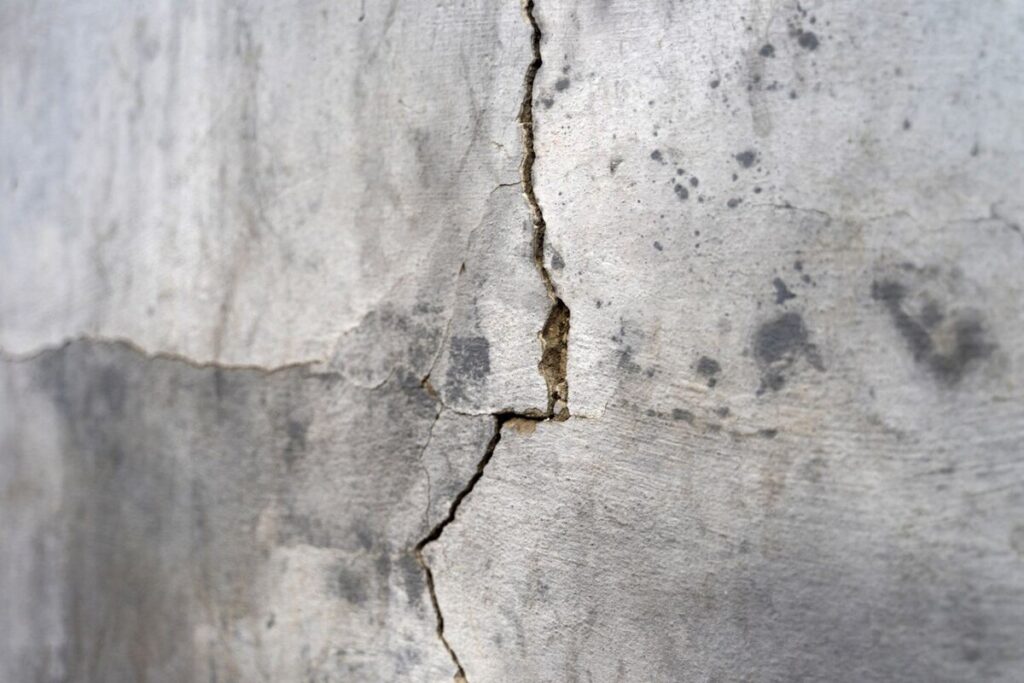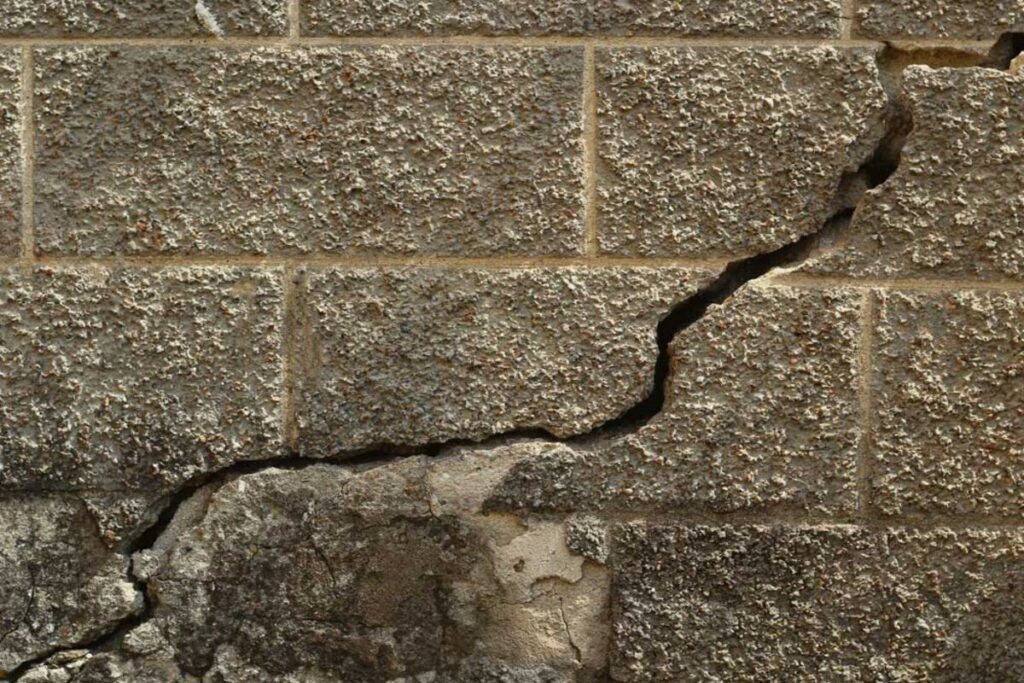When it comes to maintaining and repairing concrete structures like driveways, sidewalks, and patios, understanding the best ways to fill a void under a concrete slab is crucial. These voids, which can develop over time, pose significant risks to the stability and integrity of concrete slabs. This comprehensive guide will explore various methods and considerations for effectively addressing this common problem, ensuring the longevity and safety of your concrete installations.
Understanding the Need for Void Filling Under Concrete Slabs
Why Voids Occur
Voids under concrete slabs can happen for various reasons, including soil settling or erosion. This process can be accelerated by factors such as water runoff or poor compaction during construction. When voids form, they leave the concrete unsupported, increasing the risk of cracking and structural failure.
Assessing the Condition of the Slab
Before deciding on a repair method, it’s essential to evaluate the concrete slab’s condition. If the slab has been in place for many years and shows significant wear and tear – such as cracking, chipping, or dusting – its overall stability needs to be assessed. In cases where the slab is severely damaged, it might be more sensible to replace it entirely rather than attempting repairs.
Methods to Fill Voids Under Concrete Slabs
Polyjacking
One effective way to fill voids is through polyjacking. This process involves injecting a polyurethane foam under the slab. As the foam expands, it fills the void and raises the slab back to its original level. This method is particularly useful when the concrete is still in good condition, and the issue lies primarily with the settling earth beneath.
Concrete and Gravel
Another approach involves using concrete and gravel. This method is suitable when there is good access to the void area. The mixture of concrete and gravel is poured into the void, providing a sturdy base for the slab. However, it’s crucial to ensure that the void is completely filled. Over time, gravel can settle, leading to further void formation if not adequately compacted.
Pros and Cons of Different Techniques
Each method has its advantages and drawbacks. Polyjacking, while more advanced, may be costlier. However, it provides a precise and long-lasting solution. On the other hand, filling with concrete and gravel can be more cost-effective but may not offer the same level of precision and long-term stability, acting more like a temporary fix.
Factors to Consider When Filling Voids
Evaluating the Extent of the Void
The size and location of the void play a significant role in determining the most appropriate filling method. Larger voids or those in difficult-to-reach areas might require more advanced solutions like polyjacking.
Considering the Surrounding Environment
The environment surrounding the concrete slab should also be considered. If the area is prone to water accumulation or has issues with soil stability, addressing these underlying problems is essential to prevent future void formation.
Budget Constraints
Budget is always a concern. While it’s tempting to opt for cheaper solutions, it’s important to consider long-term stability and potential future costs due to further repairs or replacement.
Conclusion
Addressing void under a concrete slab is crucial for the longevity and safety of the structure. Whether opting for modern techniques like polyjacking or more traditional methods involving concrete and gravel, it’s essential to assess the situation carefully and choose the right approach.
If you’re facing this issue and need guidance or services, feel free to contact us. Our team can help you make the best decision for your specific needs, ensuring your concrete slab remains stable and secure for years to come.




